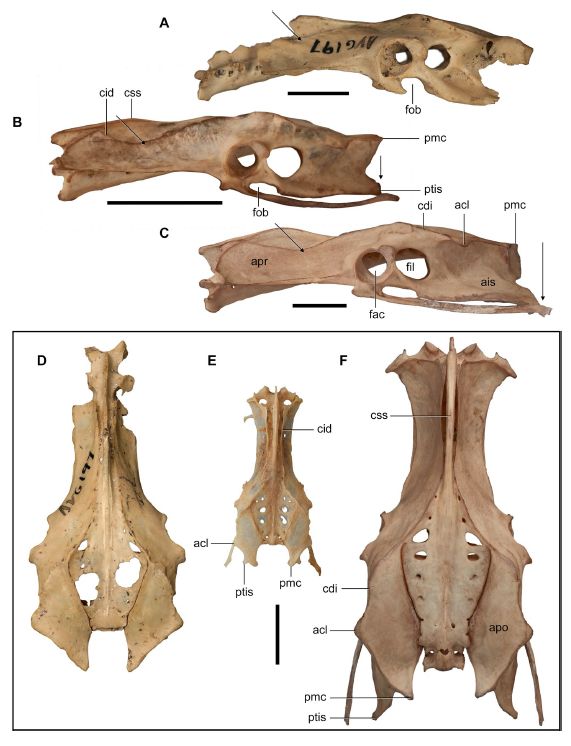
Vertebrate Palaeontology (Palaeornithology) Ph.D. Candidate @flindersuniversity.bsky.social, South Australia, researching the evolution of rail-like #birds and other bird groups 𓅬 | Illustrator ✐ | From Waitaha, Aotearoa ⸙
We thought 'New Zealand giant crake' was fitting.
We thought 'New Zealand giant crake' was fitting.
Looking at the bones in the context of this new information, despite the difference in size, there are several features that support this relationship.


Looking at the bones in the context of this new information, despite the difference in size, there are several features that support this relationship.
New genetic evidence shows that it was a member of Porzana—the 7th genus—and the closest relative of the Australian spotted crake (Porzana fluminea).


New genetic evidence shows that it was a member of Porzana—the 7th genus—and the closest relative of the Australian spotted crake (Porzana fluminea).



